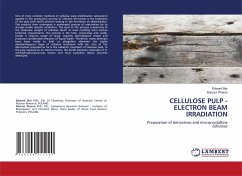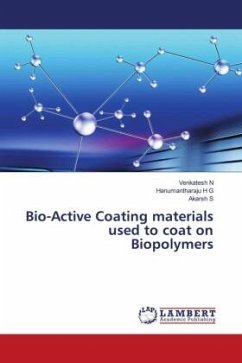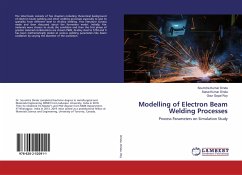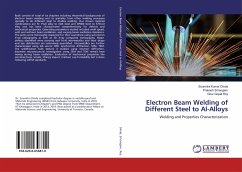One of most common methods of cellulose pulp modification (activation) applied in the production process of cellulose derivatives is the treatment of the pulp with NaOH solution leading to the formation of alkalicellulose. The product then undergoes a prolonged process of maturation by its storage under specific conditions. The goal of the process is lowering of the molecular weight of cellulose down to level resulting from various technical requirements. The process is the time- consuming and costly, beside it requires usage of large- capacity technological vessels and produces considerable amounts of liquid waste. Therefore, many attempts have been made to limit or altogether eliminate the highly disadvantageous stage of cellulose treatment with lye. One of the alternatives proposed so far is the radiation treatment of cellulose pulp. In the pulp exposed to an electron beam, the bonds between molecules of D-antihydroglucopiranoses loosen and local crystalline lattice becomes destroyed.
Bitte wählen Sie Ihr Anliegen aus.
Rechnungen
Retourenschein anfordern
Bestellstatus
Storno








